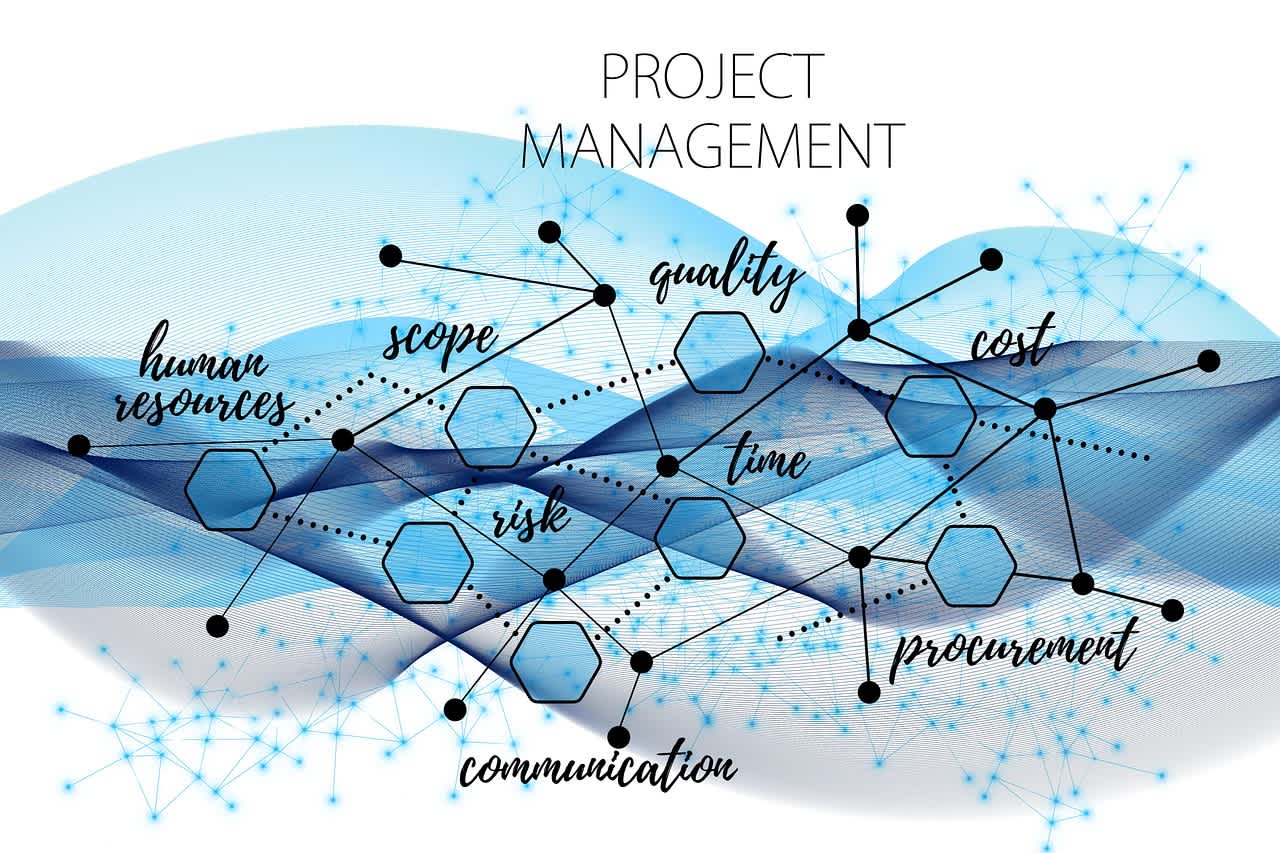The Hidden Cost of Poor Nursing Home Management
ByJulian Gette
Workast publisher

Workast publisher
You can think of workplace systems as basically the main wheels that keep all work processes running. They’re necessary for every industry/branch (healthcare, retail, tech, etc.). And when these systems are designed the right way, they keep teams aligned, and costly mistakes are less likely to happen.
Unfortunately, when those systems fail, there are many possible consequences. They can cause financial loss, reputational damage, and maybe the worst one is causing harm to those people who should serve in the first place.
Nursing homes are prime examples of how bad systems impact people and what the (negative) outcomes are.
It’s important for every business to analyze these failures and see how important operational efficiency and accountability are.
When workflows aren’t defined as they should be, that can create not only confusion, but also require double effort from the staff. Workflows that function badly in nursing homes can cause medication errors, missed care routines, or even cause conditions like bedsores – all totally preventable.
Business environments can experience similar issues:
Missed deadlines because task ownership was unclear.
Responsibilities are shared unnecessarily with more than one employee, which means wasting team resources.
Service delivery issues that cause customer complaints.
Learning from this simple comparison, the lesson is that even experienced teams can make errors if systems aren’t strong.
When there isn’t enough staff in nursing homes and the processes are outdated, that usually leads to regulatory fines and lawsuits. In the past 10 years, a number of facilities in Los Angeles, San Francisco, and Las Vegas have lost millions in settlements, and the reason is usually systemic failures.
This type of issue can cost businesses in quite a few ways:
Employee turnover: Frustrated employees are more likely to give up on a job.
Lost productivity: Fixing mistakes takes time that could be used for innovating.
Revenue loss: Customers choose competitors when systems break down.
When it comes to investing in smarter systems, it’s not only about a productivity boost; it should be a financial safeguard.
High-stakes environments like nursing homes require accountability frameworks. Unclarified roles and reporting structures are often responsible for neglect or injury.
For example, lots of unhappy and frustrated families ended up taking legal action against nursing home facilities after preventable issues such as severe bedsores developed due to poor/inadequate supervision.
And this is all thanks to law firms that specialize in nursing homes cases, such as the Nursing Home Law Center, which provides clients with information on how to approach these (often delicate) cases, allowing families to hold institutions responsible for system breakdowns.
Here’s how these insights can help business executives:
Building explicit accountability for each team and position.
Establishing feedback loops that highlight issues early.
Using metrics to measure process efficiency, not outputs.
Some nursing homes have spent huge sums on high-tech monitoring equipment or computerized record-keeping systems, but their performance still remains subpar. The question is – “Why?”
Well, technology layered over bad workflows has a tendency to multiply problems rather than eliminate them.
Likewise, firms that deploy new apps or platforms without reengineering processes risk being open to:
Data silos among departments.
Tool usage and ownership confusion.
Low Return on Investment (ROI) from technology spending.
Success Tips:
Plan workflows before bringing in any new tools.
Teams in charge of new platforms need to be trained.
Check for alignment and performance regularly.
Great systems not only prevent failure, but they’re also able to develop resilience. Companies that get people, process, and technology in alignment are better equipped to deal with change and recover from failure.
Here are four business strategies that help build resilience:
Document processes clearly and update them regularly.
Cross-train workers to cover for time away.
Audit regularly to catch weaknesses before they get out of control.
Encourage open communication and continuous improvement.
Well-designed systems help businesses reduce risk. They also help make better workers.
The hidden cost of poor workplace systems can be huge. From missed sales to damage to reputation and even lawsuits, the consequences are numerous. Nursing homes are classic examples, but the lessons can be applied across many industries.
For business leaders, the message is clear – prioritize process design, build accountability frameworks, and leverage technology to augment, not to replace your systems. By doing so, organizations can protect their people, their customers, and their reputation and employees.
Learning from someone else's mistakes isn’t easy, and managing to prevent them in your own yard isn’t something a lot of people can achieve, but businesses that are able to do so are most likely to be very successful.

